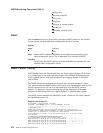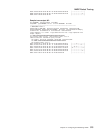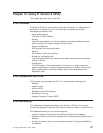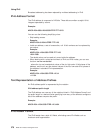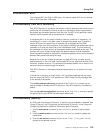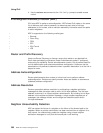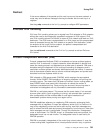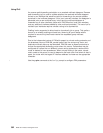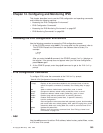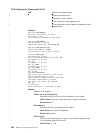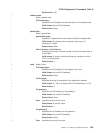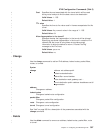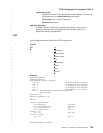the reverse path forwarding calculation on a received multicast datagram. Reverse
path forwarding (rpf) is used to validate whether the received multicast datagram
arrived on an interface that would be valid for forwarding to the source address
contained in the multicast datagram. If this is an incorrect interface, the datagram is
discarded, else a new multicast entry is built and the multicast datagram is
forwarded on all other interfaces (those with PIM-DM active, local host members,
and any additional interfaces added by other multicast protocols). The use of rpf to
validate input interfaces requires unicast routing to be symmetrical.
Grafting is also supported to allow hosts to dynamically join a group. This grafts a
branch to an already existing multicast tree, removing all prune states where
required to ensure the joined hosts receive the requested group multicast
datagrams.
Due to the independent nature of PIM with respect to unicast routing protocols and
the broadcast nature of PIM-DM, parallel paths from the source may occur and
duplicate multicast data may be forwarded. PIM-DM uses an Assert procedure to
choose the appropriate forwarding router when this occurs. Preferences may be
configured on routers that run different unicast routing protocols to resolve which
router is desired to have precedence. When unicast routing is the same, unicast
metric costs to the source is used to determine the best route. And when all else is
equal, the router with the largest IP interface address is chosen as the appropriate
forwarder.
Use the p pim command at the Config> prompt to configure PIM parameters.
Using IPv6
382
MRS V3.2 Protocol Config Ref Vol 2
|



